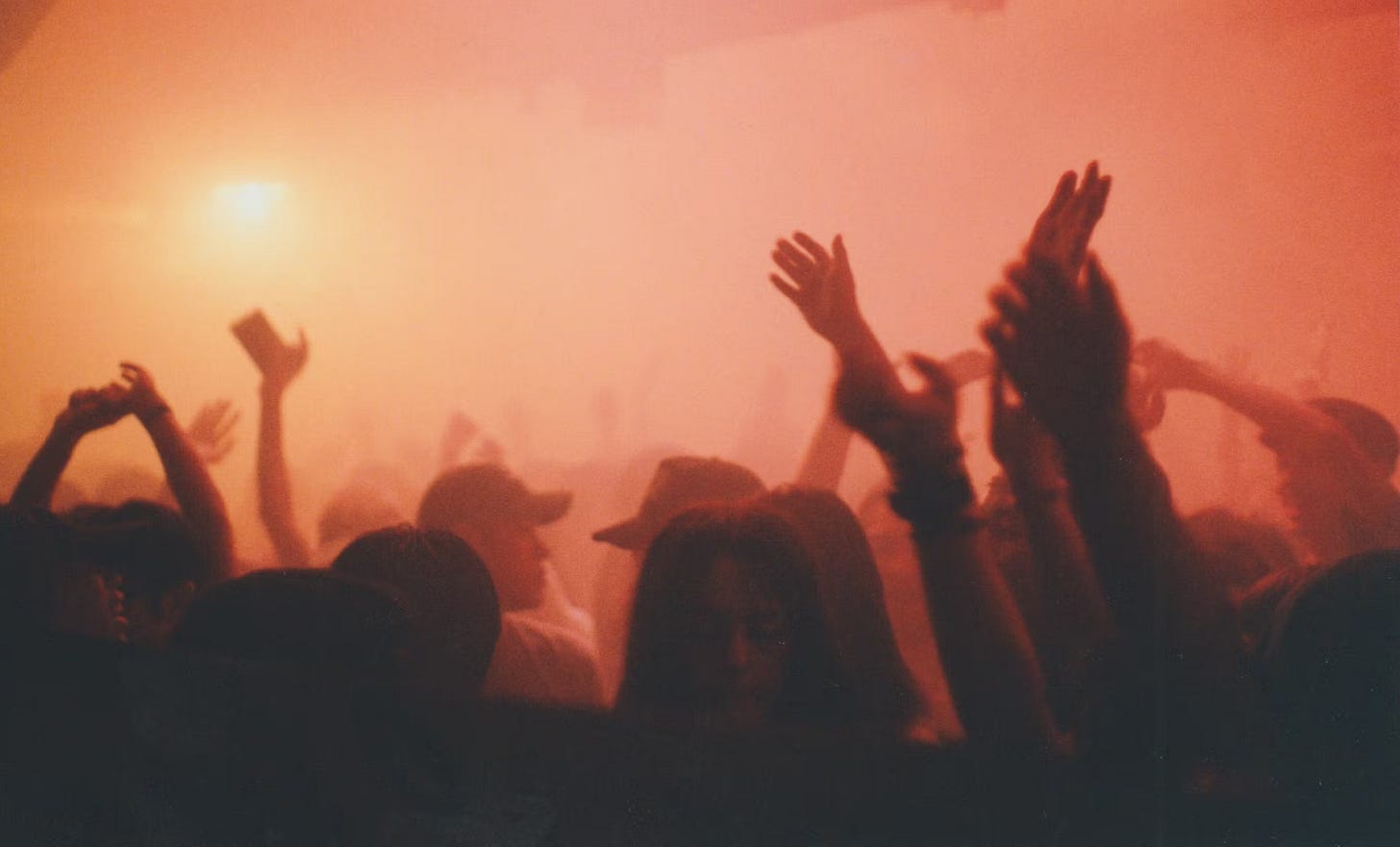Tokyo disco inferno
The responses to the Juliana's Tokyo lookback were fierce!
The essay about Juliana’s Tokyo, hugely popular discotheque of early Nineties Tokyo, drew some impassioned responses from those who were on the scene at the time. In the spirit of Akira Kurosawa’s Rashomon, I’ve pulled together an official inquest featuring multiple eyewitnesses, three living and one channeled from beyond the grave.
Firs…




